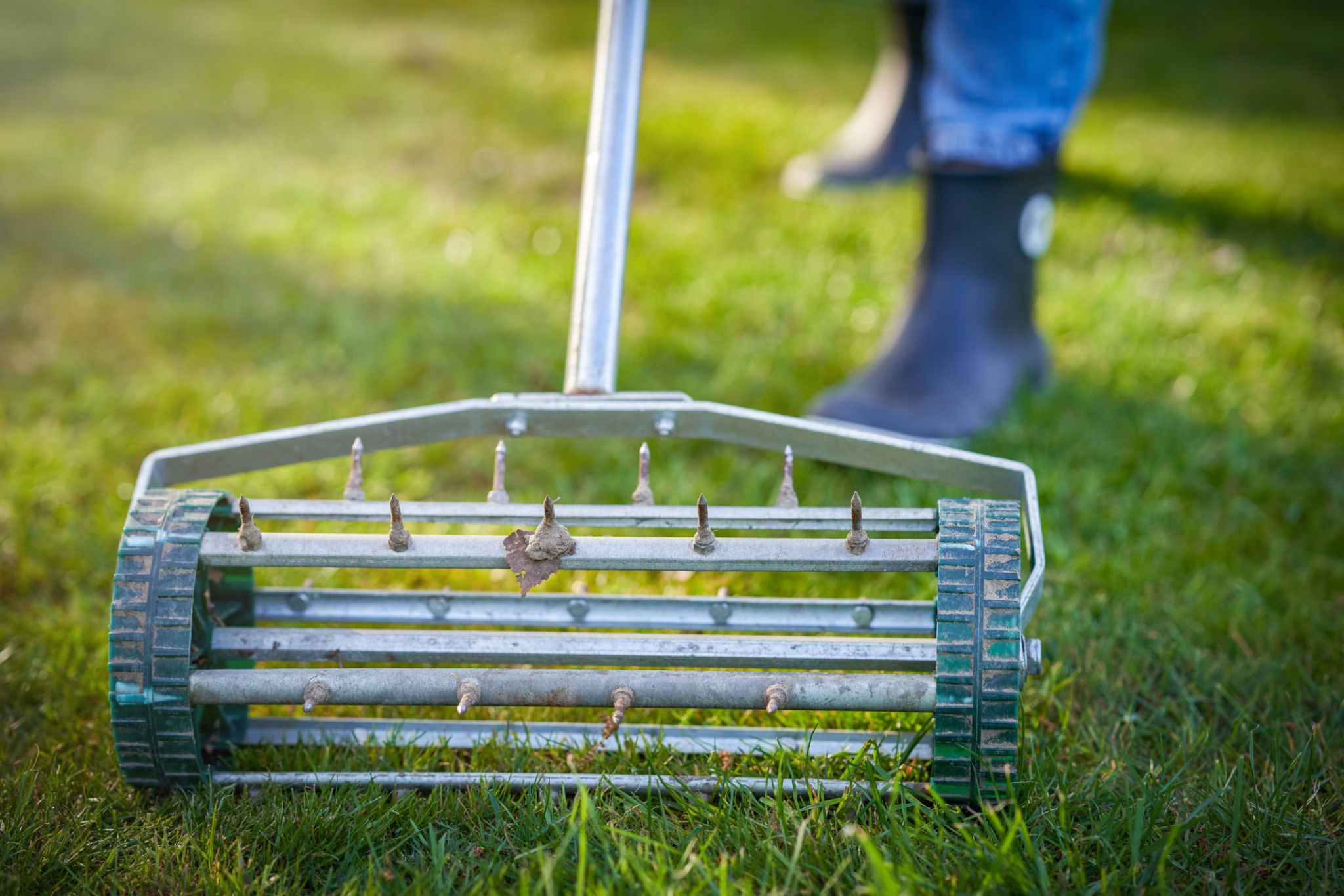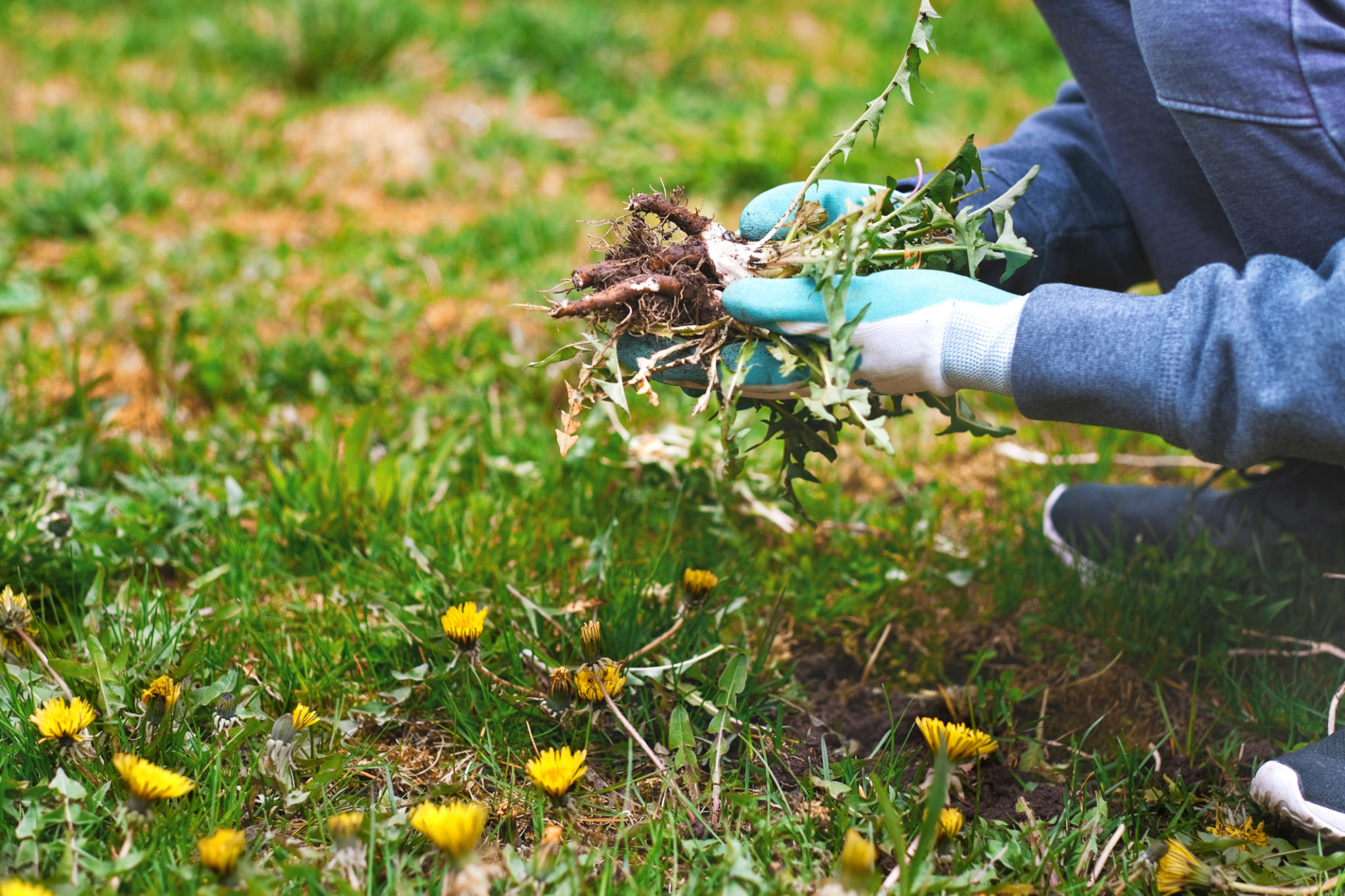How to Spot and Fix Common Lawn Problems in New Hanover County
Identifying Common Lawn Problems
Maintaining a lush, green lawn in New Hanover County can be challenging due to its unique climate and soil conditions. To help your lawn thrive, it's essential to identify and address common issues early. This guide will help you spot typical lawn problems and provide solutions to fix them.

Brown Patches
One of the most common lawn issues is the appearance of brown patches. These unsightly areas can be caused by a variety of factors, including fungal diseases, insect infestations, or improper irrigation. To determine the cause, examine the affected area closely.
If the problem is fungal, you might notice a distinct pattern or texture on the grass blades. Insect damage often presents as irregular patches. Ensure your lawn receives adequate water and consider applying a fungicide or pesticide if necessary.
Thinning Grass
Thinning grass is another frequent concern for homeowners. This issue can result from several factors, such as compacted soil, lack of nutrients, or excessive shade. To address thinning grass, start by aerating the soil to improve air and water circulation.

Next, apply a balanced fertilizer to replenish essential nutrients. If shade is the problem, consider trimming back nearby trees or planting shade-tolerant grass varieties.
Dealing with Weeds
Weeds are persistent invaders that can quickly overtake your lawn if left unchecked. To combat them effectively, it's crucial to identify the type of weeds you're dealing with. Common weeds in New Hanover County include crabgrass, dandelions, and clover.
- Crabgrass: This annual weed thrives in hot, dry conditions. Pre-emergent herbicides can prevent its growth.
- Dandelions: These broadleaf weeds are best removed by hand-pulling or using a targeted broadleaf herbicide.
- Clover: While some homeowners appreciate clover for its nitrogen-fixing ability, those seeking a pure grass lawn may use selective herbicides for control.

Improving Soil Health
Healthy soil is the foundation of a vibrant lawn. If your lawn struggles despite proper care, it might be time to assess and improve your soil's condition. Conduct a soil test to determine pH levels and nutrient deficiencies.
Based on the results, amend your soil with lime to adjust pH or add organic matter like compost to improve fertility. Regularly aerating and top-dressing your lawn with organic material will also enhance soil health over time.
Pest Control
Lawn pests such as grubs and chinch bugs can wreak havoc on your grass if not managed promptly. Signs of pest damage include irregular dead patches or grass that easily pulls up from the soil. Monitor your lawn for these indicators and apply appropriate treatments as needed.

For grubs, consider using beneficial nematodes or a grub-specific insecticide. For chinch bugs, increase watering and maintain proper mowing height to discourage their activity.
Maintaining a Healthy Lawn
Preventing common lawn problems starts with proper maintenance. Regular mowing at the correct height, consistent watering early in the morning, and periodic fertilization are key practices for a healthy lawn.
By staying vigilant and addressing issues as they arise, you can enjoy a beautiful lawn that enhances your home's curb appeal and provides a welcoming outdoor space for relaxation and recreation.